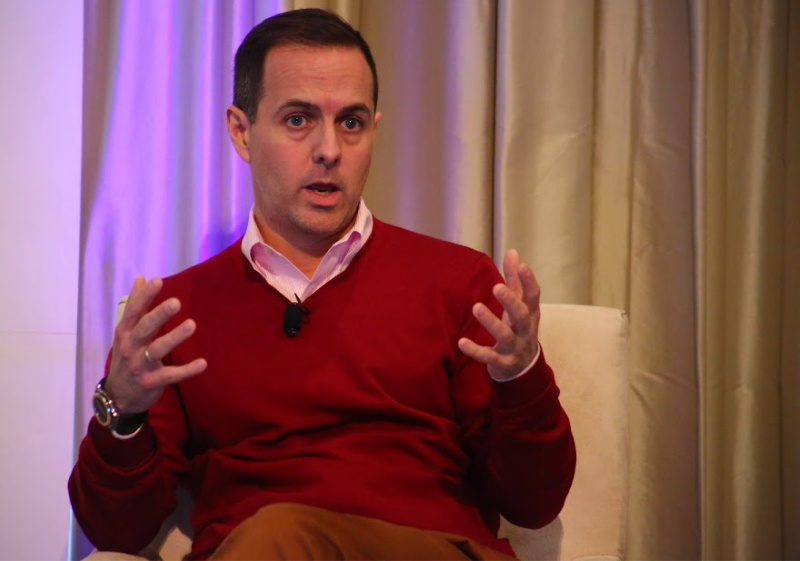Paul Holmes 14 Feb 2020 // 7:36PM GMT

CHICAGO—A stronger focus on patients, a more integrated approach to storytelling, and a greater emphasis on purpose are among the trends transforming healthcare communications, according to a panel at PRovoke North America this week, sponsored by W2O Group and inviting participants to deliver “Bold Predictions for Healthcare Communications and Marketing.”
Becoming more patient-centric has been a major challenge for pharmaceutical companies, said Amy Atwood, head of vaccine communication for Takeda Pharmaceuticals. “For consumer companies and tech companies, putting the customer first is natural, but healthcare companies have not always had the same focus. For some, the focus has been on doctors rather than patients.”
On a personal level, Atwood said, she had been a patient, and had experienced situations in which she did not feel that healthcare companies were putting her interest first.
“That is changing. We have made the decision to put our patients at the center in everything we do. It’s about empathy. We have a strong commitment from our CEO and in all our business decisions we are putting the patient first. The patient voice will be the most important voice of all..We believe will strengthen our reputation, and increased trust will follow.”
Integration is another aspect of communications that is commonplace in consumer marketing, but not always prominent in the healthcare arena, according to Javier Boix, head of US communications for AbbVie (pictured).
“We all work in highly matrixed organizations and we deal with complex issues,” said Boix. “There is no way that communications or marketing alone can have all the answers. We need to be able to leverage the skills and knowledge of all of the functions in the organization. We need the soft skills to build relationships across the organization.”
He also predicted an expanded role for data and analytics in guiding and informing healthcare stories.
“When I started it was all abut writing good press release, writing good messaging documents, reaching out to reporters,” Boix said. “Today we have much more data, which means better insights, which means better storytelling. It has created a new reality.”
Moyra Knight, president of the Astellas Global Health Foundation: and vice president of communications and corporate citizenship at Astellas, US, said that purpose—another hot topic for marketers—is becoming increasingly important to healthcare companies.
“Collectively Fortune 500 companies spend about $15 billion on a variety of societal issues,” she said. “That’s a lot of money, and it suggests that there is a real commitment to purpose. But we are seeing a generational change, that the philanthropic component can no longer be kept separate, or be a different part of the organization. It has been a central part of the company, an underpinning of everything they do, because it is part of the reason that people want to work for an organization, why people want to partner with an organization.”
Finally, W2O chief marketing officer Aaron Strout suggested that pharmaceutical companies were beginning to see employees as critical stakeholders.
“We are seeing a much greater emphasis on corporate culture and on diversity and inclusion, on being more inclusive.”
In particular, he said, there was an understanding that improved employee engagement could lead to stronger advocacy as employees become brand and corporate ambassadors. He cited research indicating that when employees share stories through their personal social channels, those messages achieve eight times more engagement than messages from corporate channels, travel five-and-a-half times further, and lead to higher levels of conversion.
“It should be intuitive that people trust employees as brand ambassadors,” said Strout. “That means your internal messaging needs to match your external messaging. If you tell people outside one thing and people inside another, they are not going to stand for it. But if you get it right, it can be very powerful."


































.jpg)

















